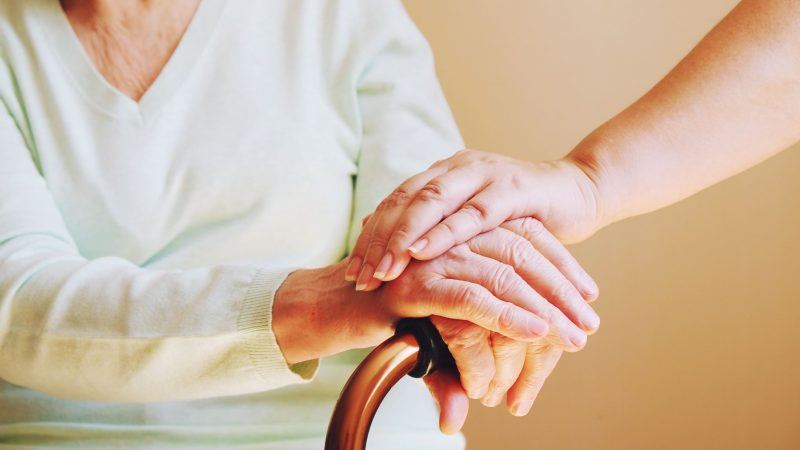The care home sector has been badly hit by COVID-19. As well as housing a population that’s inherently more vulnerable to the virus, Coronavirus has exposed existing vulnerabilities in our care homes, including staff shortages and inefficient coordination between homes and the NHS.
The government is working hard to address these problems. In the last few weeks, it’s announced huge funding packages for care homes, as well as fast-tracking the roll out of the Framework for Enhanced Health in Care Homes (ENHC), from October to May.
The ENHC flags technology as an essential tool in the future of care homes, stating it “has the potential to improve the quality and efficiency of care.” So how can digital technologies be used to deliver better care?
Breaking down barriers between care homes and the NHS
The divide between health and social care is one of the most pressing issues in the NHS, as identified in the 2019 NHS Long Term Plan. With NHS clinical teams and care homes often operating independently, there can be a lack of communication and data sharing, leading to inefficiencies and uncoordinated care.
Digital technologies can help break down these barriers, facilitating easier communication via video conferencing as well as platforms that allow care home staff and clinical staff to access patient readings in a secure, central location.
Preventative care
One of the most exciting aspects of digital healthcare is the role it can play in preventative care. Sensors, health wearables and monitoring technology can help keep residents safe, healthy and independent.
Monitoring systems take essential readings from residents, including blood pressure, heart rate, temperature and glucose levels. The data, which is collected by care homes staff is sent to clinical staff, automatically updating their medical records and alerting the relevant team if someone is at risk.
A more efficient use of resources
For both care homes and the NHS, digital technologies offer the ability to streamline processes and create a more efficient model of care. By automating repetitive, routine tasks, they give more time to clinical staff to focus on delivering care to those who need it.
Monitoring and remote consultations can reduce unnecessary trips to hospitals or call-outs of NHS staff. It can also support earlier hospital discharge as clinical staff can have confidence needs will be met within the home.
Better understanding of a diverse care home population
In the UK, there are more than 40,000 residents, housed in over 15,000 care homes. While we often think of care homes as catering for the elderly, care home residents are actually a widely diverse population – from people with learning disabilities, to those receiving palliative care.
Digital health technology can help us better understand the diverse needs of care home residents, by collecting and storing more accurate data. In turn, this allows us to monitor trends and identify risks, as well as understand patient flows between care homes, hospitals and the general population.
Find out more information about our digital care home service.

